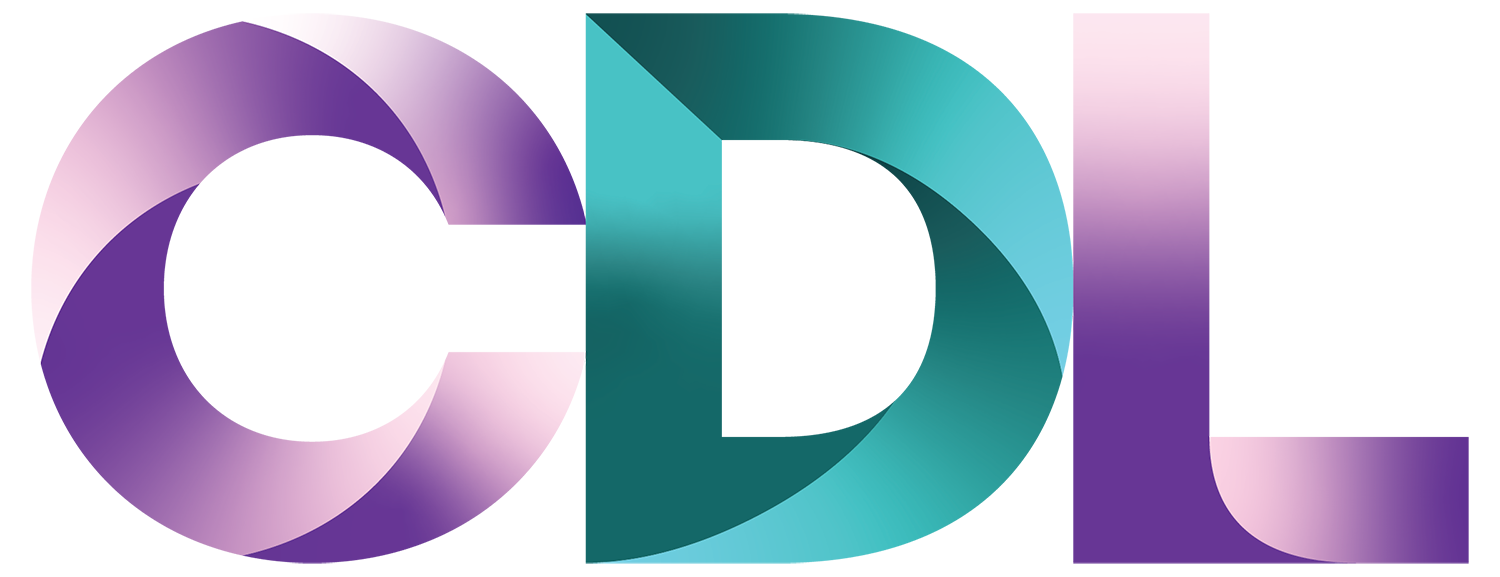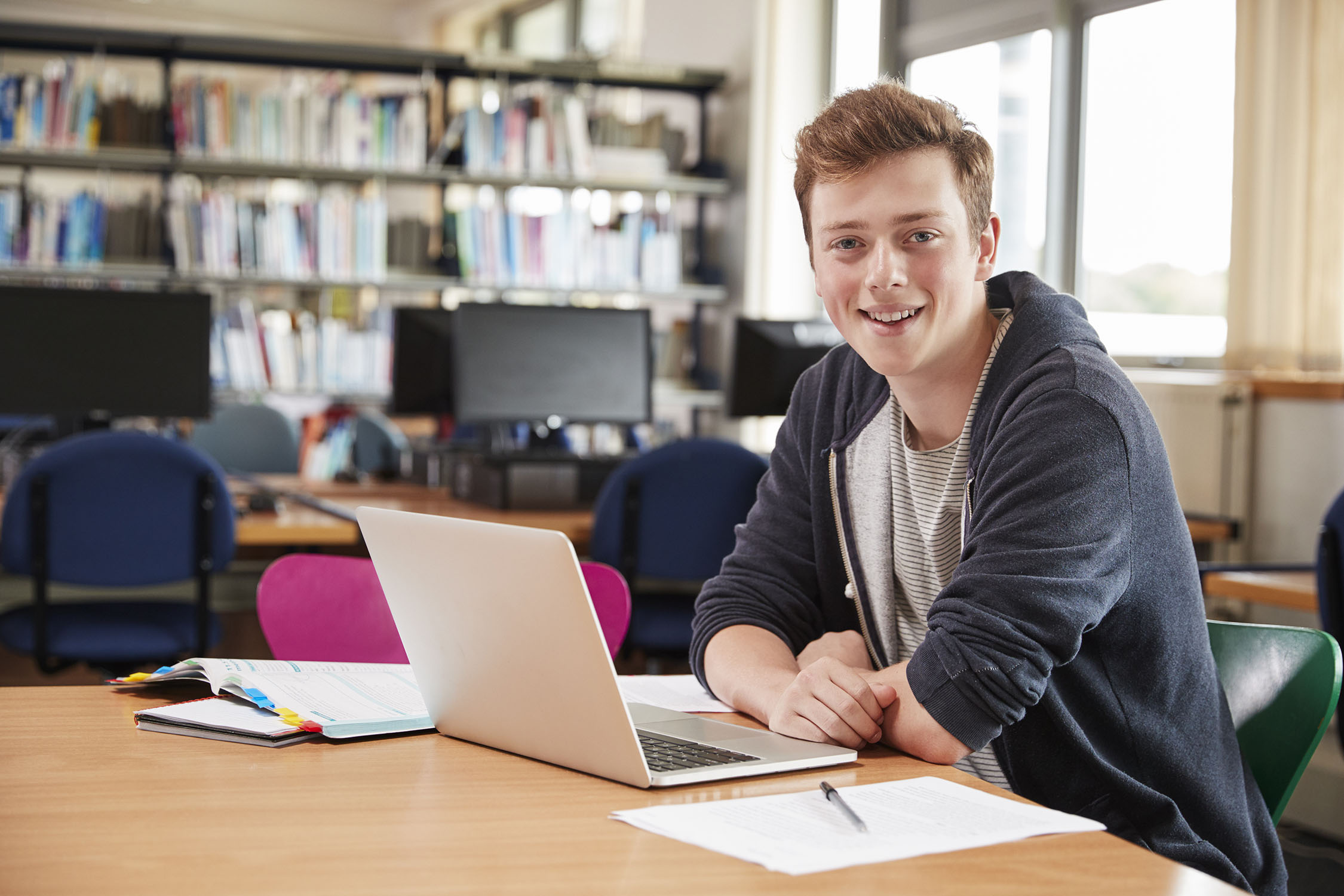For Educators
Background
Learning Disabilities are unique, and every person with an LD has a different set of learning needs. According to the Learning Disabilities Association of Canada, “Learning Disabilities refer to a number of disorders which may affect the acquisition, organization, retention, understanding or use of verbal or nonverbal information.” The definition needs to be broad, because Learning Disabilities come in all different shapes and sizes. Learning Disabilities impact approximately 5-15% of young people around the world.
Early intervention is key for students with Learning Disabilities. With support, these students can thrive in school. From the bottom of our hearts, we appreciate you taking the time to learn more so that you can support your students.
Students with Learning Disabilities demonstrate average to gifted intelligence – they can learn if we know how to teach them. These students struggle in one or more of these areas:
- 5oral language (e.g. listening, speaking, understanding);
- 5reading (e.g. decoding, phonetic knowledge, word recognition, comprehension);
- 5written language (e.g. spelling and written expression);
- 5mathematics (e.g. computation, problem solving); and
- 5social skills (e.g. making friends, perspective-taking, understanding emotions).
How Do LDs Impact Learning?
The following chart from Foothills Academy shows some of the ways LDs can impair different cognitive processes. We all have difficulties in these areas from time to time. But individuals with LDs can struggle to learn in the same way and/or at the same pace as other peers their age.
Scroll to see more →
| Impairments in processes related to: | Perceiving | Thinking | Remembering | Learning |
|---|---|---|---|---|
| Language Processing | Difficulties in processing sarcasm or understanding when someone is joking. Difficulty taking another’s perspective | Difficulties in understanding: long or complex sentence structure; and with figures of speech | Difficulties with retrieving vocabulary words; orally presented task demands | Difficulties with new vocabulary and responses to teacher-directed questions |
| Phonological Processing | Sounds in words (e.g. bat/bag) are confused; poor sound sequencing in words; limited automaticity in decoding | Difficulty with comprehension of content caused by lack of fluency in decoding | Difficulty retaining sound/symbol correspondence | Difficulty extracting essential concepts due to focus on decoding |
| Visual Spatial Processing | Difficulty with oral or written directions for an activity; perceiving organization of ideas in a text | Difficulty identifying main ideas in a text | Difficulty with left/right; north south, hierarchical structures | Poor integration of sequential information (days of the week, recipe) |
| Processing Speed | Poor social interactions; does not keep up with fast-paced lessons | Few connections between isolated bits of information in texts | Slow linking of new with previously learned information | Less material covered or takes extra time and much effort to cover material |
| Memory | Few strategies when trying to remember content or concepts | Difficulty writing since spelling may not be automatic | Difficulty retrieving previously learned information | Forgets spelling words after test; difficulty recalling significant events in history; any new learning is difficult |
| Attention | Difficulty knowing when to pay attention Poor reading of social situations; impulsive | Poor concentration when putting ideas together | Little effort expended for remembering | Work may be disorganized; goes off on tangents |
| Executive Functions (planning or decision making) | Poor recognition of value of planning; impulsive | Difficulty problem solving and understanding consequences of decisions | Difficulty in linking new with previously integrated knowledge; Few strategies | Difficulties in higher levels of learning, but has isolated pieces of knowledge |
How might an LD effect my student?
Learning Disabilities are unique, and every student is impacted differently. What we do know is that students with a Learning Disability frequently struggle to keep up with their peers. They require more support and far more effort than their peers – despite their strong potential. This can have a drastic effect on their self-esteem and confidence and can lead to frustration with themself and with learning in general. In some cases, they might give up entirely due to fear of failure.
Individuals with LDs often do not have a “knowledge deficit” but instead have a “performance deficit” – they know what they are supposed to do but they struggle to perform the task when asked. This can lead to social challenges because they struggle to apply appropriate social skills in the moment. Social challenges can include difficulties connecting with others, making friends, and understanding what is expected of them in social situations. They may miss social cues or misinterpret body language and tone of voice.
Students may be rejected by peers and may become targets of teasing and bullying. Students rely on friendships to provide them with a sense of acceptance, belonging, and approval. Social challenges can have a significant negative impact on a child’s self-esteem and create anxiety about social situations and activities.
How are LDs treated?
There is no “cure” for Learning Disabilities – they are not a problem that needs to be solved. But they can be treated through remediation and accommodation. With the right treatment, individuals with LDs can thrive in school and out in the world. The main ways they can be addressed in the classroom are through remedial instruction and classroom accommodations.
Remedial Instruction
Remedial instruction helps students to build up their foundational academic skills. Remedial instruction may be provided as part of a student’s school programming (e.g., pull-out instruction in small groups) or arranged outside of school by families privately. Remedial instruction targets the areas the student is showing gaps. Most research has been conducted in the area of reading. It suggests that such programs should be:
- 5multi-sensory in nature (use sight, sound and touch),
- 5taught in systematically at the student’s pace, and,
- 5offer regular reviews to reinforce learning and practice of the new concepts.

Classroom Accommodations
Accommodations help to level the playing field for children with Learning Disabilities. They do not change the curriculum the child is expected to learn. Instead, they provide what the child requires to access the curriculum (i.e., changes how they learn). In other words, they lower the barriers in the classroom, not the bar! Examples of accommodations include:

Instructional/Environmental
These accommodations can vary from how material is presented (e.g., audio recording for a child who struggles with reading) to the setting (e.g., where the child sits).

Testing
These accommodations ensure the child is able to demonstrate their knowledge of what they have learned. They can vary from how the child responds (e.g., an oral exam rather than a written one) to changes in the timing and scheduling of the test (e.g., extra time).

Assistive Technologies
Assistive Technology involves any device, equipment, or system that allows an individual with a disability to work around their challenges. It can vary from very simplistic technology (e.g., calculator) to more complex (e.g., text-to-speech software). Not every technology will be a good fit for every student. It is important to ensure that the tool not only addresses the student’s particular need but that the child is capable of using, and willing to use, the tool.
The type of remedial instruction and the classroom accommodations suggested for an individual will depend on their learning profile and specific LD. Furthermore, these may change as the individual develops and encounters greater academic demands.
Regardless of age, individuals with LDs should be taught how to self-advocate for their learning needs. It is important that they learn how to ask for the supports they need. Help the student to discover their learning strengths and needs; what supports their learning; and how to communicate these needs appropriately. In particular, self-advocacy builds self-confidence, independence and success in post-secondary and the workforce.
How can I support students with LDs in the classroom?
No two students with a Learning Disability are the same. Each individual’s profile must be considered in determining the best fit of supports, strategies, and accommodations for them. But research suggests that there are some key principles to consider in working with many students with LD, along with suggested strategies for the classroom.
Make expectations clear.
Students with LD frequently exhibit unrealistically high pre-task expectations and anxiety. This may be due to being expected to do things they are not yet capable of doing, misunderstanding task demands, difficulties understanding the task, and the student underestimating their own abilities and strengths. The task may also not accurately match their ability level. Aim to be as clear as possible by providing explicit explanations about tasks, assignments, and tests/exams.

Provide frequent, positive feedback for both academics and behaviour being sure to praise effort and strategies, not product or success.
Many students with Learning Disabilities can begin to feel hopeless. They become reluctant learners after experiencing failure over time. It is important to build students’ confidence in their ability to learn.
Students with LD tend to receive more negative than positive feedback. Many opportunities to provide feedback on what they are doing correctly are often missed. These students often need to work much harder to meet the same task demands as others. They may not be able to meet those demands in the same way. As such, it is important to ensure that we are measuring them against their own progress, rather than the progress of others. Goals on their IEP can assist with this.
I – Immediately tell the student that they have done well to reinforce the lesson
F – Frequently tell the student they’ve done well
E – Eye Contact with the student to show respect and model good social skills
E – Enthusiastically tell the student they’ve done well to motivate them to do it again
D – Describe exactly what they did so they can recognize similar situations going forward
Give frequent breaks.
Kids with LDs use a lot of mental energy and can deplete faster than other kids. Provide opportunities for brain breaks, snack breaks, and regular exercise. These can help with modulating frustration while also increasing attention and productivity.

Use Universal Design for Learning (UDL).
Although each learning profile is different, what can help one student can often help most, if not all, students within a classroom. Many of the best practices for teaching are applicable to students with LD.




